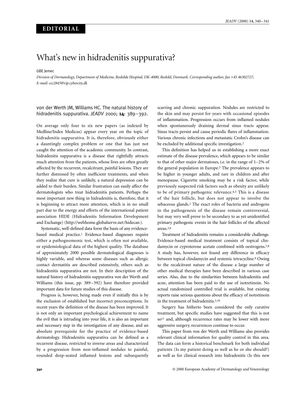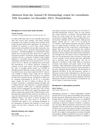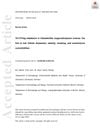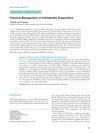What's New in Hidradenitis Suppurativa?

TLDR The document concludes that awareness and understanding of hidradenitis suppurativa are increasing, but effective treatments are still needed.
The document highlights that hidradenitis suppurativa (HS) is a disease that has historically received little academic attention, with only four to six papers published annually, but it significantly impacts patients' lives due to painful, recurrent lesions and ineffective treatments. The international patient association HIDE has been instrumental in increasing awareness and attention towards HS. The paper by von der Werth and Williams provides valuable data on the natural history of HS, contributing to the understanding of the disease. HS is now better defined as a recurrent condition affecting inverse areas of the skin, progressing from non-inflamed nodules to inflamed lesions and chronic suppuration, and is considered a disease of the hair follicle rather than the sebaceous glands. The prevalence of HS is estimated to be 1-2% in Europe, with higher rates in younger adults. Smoking is identified as a risk factor, while obesity may not be primarily pathogenic. The roles of bacteria and androgens in HS are still debated. Treatment options include topical clindamycin or a combination of cyproterone acetate with estrogens, but their efficacy is uncertain, and surgery is not always curative. The paper serves as a benchmark for patient progress and clinical research, emphasizing the need for further study and improved treatments for HS.




